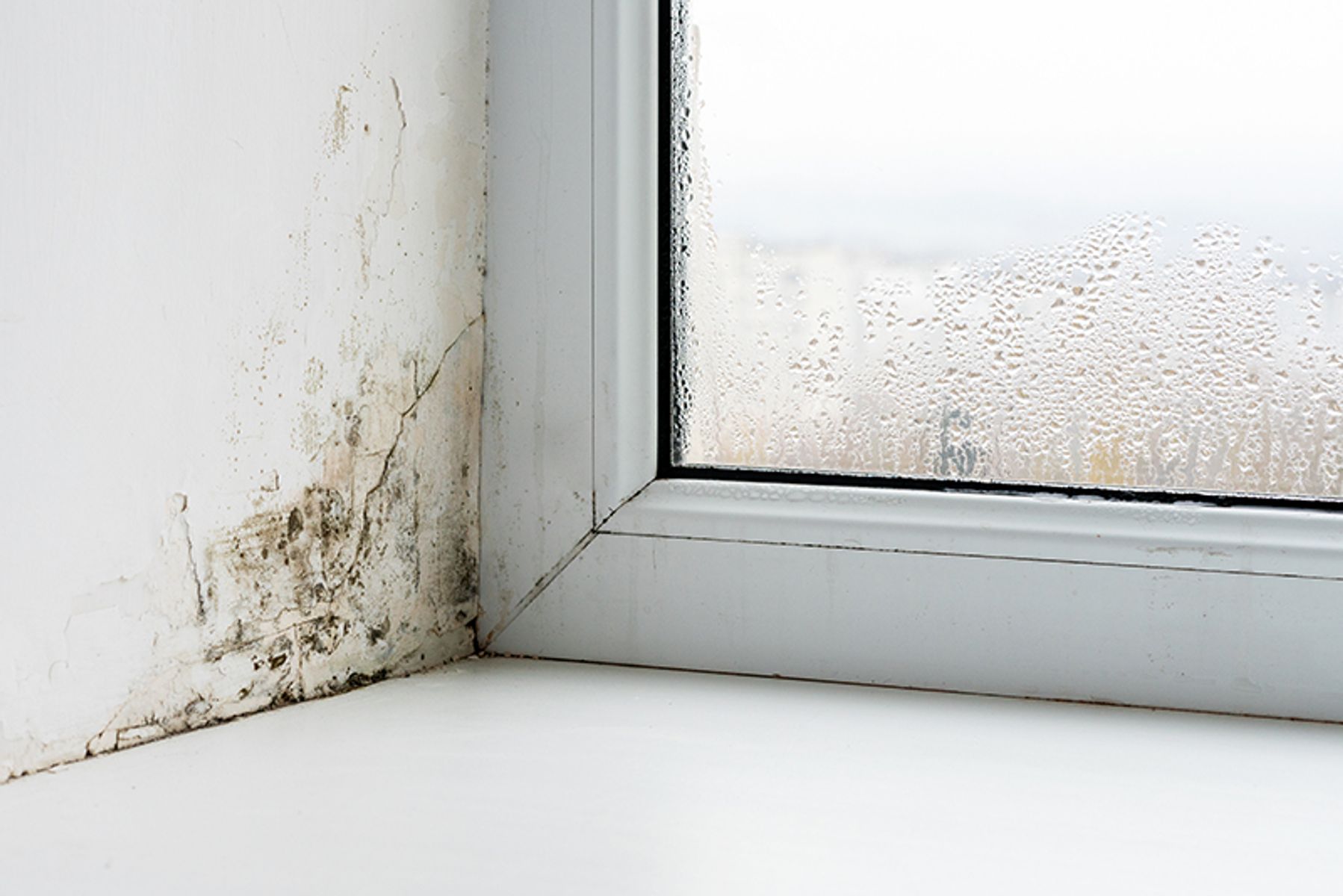There is a rich history of heritage listed properties through the Casey and Cardinia shires. Historically, when a town was established, one of the earliest buildings erected was a Hotel, clearly demonstrated in the inner suburbs of Melbourne, where hotels were seemingly built on every street corner from the 1850's.
Here in the South Eastern Suburbs of Melbourne, we have a number of Hotels that were built in the 1860's including The Limerick Arms in Nar Nar Goon, The Mornington and Cranbourne Hotels in Cranbourne and Bourke's Hotel in Pakenham.
Few of those original buildings still stand with newer hotels positioned on the original sites in some cases. Here are some of the oldest Hotel buildings in the Casey Cardinia Region.
THE BERWICK HOTEL/BORDER INN
The Berwick Inn, otherwise known as The Border Hotel, is not only one of the oldest hotels but one of the oldest buildings in the region. The Hotel was established in 1857 by Robert Bain who came to Australia in 1855 when he was 24 years old. The original building consisted of the triangular single storey, made of hand-made bricks from local clay. The two storey sections were added in 1877 and 1887.

The Berwick Inn in 1857
Robert was very much involved with the civic life of Berwick. As Post Master from 1859 to 1872, he was the first secretary of the Berwick Road Board which was formed in this building in 1862. The hotel was also the venue for the first Police Court in 1865 and the first meeting place for the Berwick Mechanics’ Institute. Robert and his wife, operated the Hotel together until he died in 1887, and Susan Bain took over and operated the Hotel until she passed away in 1908 when Helen Struth owned the hotel until 1948 and Gordon Blackburne thereafter until 1960. Berwick's Blackburne Square is named after Mr Blackburne.
The Berwick Inn has changed hands a number of times since and remains a local icon. It has recently undergoing significant renovations with an updtaed bistro, courtyard, funtion space and club lounge bar.
THE CENTRAL HOTEL BEACONSFIELD
The Central Hotel in Beaconsfield started life as one of the original squatter’s licenses in the area. The Bowman family opened what was then known as The Bowman Hotel in 1850 on the 200 acres of land then owned by David Bowman. The hotel, which had a lucrative trade from passing bullock drivers and travellers along the road, was also a coaching stop, with Cobb and Co. stables located at the rear.
Following David Bowmans his death in 1860, his wife Janet took over the licence. Janet who was described as enterprising and courageous, paid £1500 to have a 50 mile track, known as Bowman's Track cut from her Hotel to the Hughes Track in 1861-62. This track led all the way to the Jordan Goldfields near Wood's Point.
Essential to her business, the Gippsland Road, now known as the Princes Highway was impassable for much of the year. Janet maintained that she had it made because the Government had announced that it would compensate people who provided tracks to the Goldfields. After much fighting, the Government awarded her £300 in 1878 (£500 depending on sources) as compensation. The Bowmans Track is now a historic district trail. Janet Bowman died in 1904 aged 93 after outlived six of her eight children.
By 1869 the Souter family were the licensees and in the same year, Prince Alfred, the Duke of Edinburgh stayed at the hotel for several days whilst undertaking the first ever Royal tour of Australia. During his stay the Prince took over the Inn and staffed it with members of his ship, the H.M.S. Galatea. The Government built and furnished two brick rooms with slate roofs to accommodate the Prince. The rest of the Inn was made of wattle and daub.
Lovingly kown at "The Cench" the current Mediterranean style building occupies an old, strategic and prominent site in Beaconsfield township. This site was the starting point for the development of the surrounding town and the track to the goldfields. The hotel itself is one of Beaconsfield’s major public buildings.
BOURKE'S HOTEL, PAKENHAM
Bourke’s Hotel, now known as Castello’s Pakenham Hotel, was the first business established in Pakenham outside of cattle runs. Its proprietors, Michael and Catherine Bourke, are considered the town’s first residents and also established the Latrobe Inn at the junction of Toomuc Creek and the old coach road to Gippsland.

The LaTrobe Hotel on Toomuc Creek
When the railway came to Pakenham in 1877 and rail travel became more popular than horses and carriage, it was only natural that people and businesses would gravitate towards the railway line.
In November 1879, Daniel Bourke realised that potential and applied for a Public House Licence at the Pakenham Railway Station. Council had no objection, and the licence was granted. After some months of operation at the railway station, Dan Bourke applied to the Berwick Licensing Court to erect a hotel at the end of Station Street (transferring his Public House Licence to those premises). That was in 1880 and it was to be called the Gembrook Hotel. The licence was granted and by April 1880 beer was flowing from wooden kegs and a town institution was born.
THE GEMBROOK HOTEL (PURVIES), PAKENHAM
In 1918 the hotel was bought by Joe and Esther Shankley, who settled in town with their daughters Maud Purves, Nell McKenzie and Belle Lia – beginning a family association that would last almost 90 years. A decade later, Joe Shankley decided to replace the existing building with a new one, claiming it would be one of the most up to date hotels outside the city. Work commenced in August 1928, progressed quickly and by 1929 the new improved building was complete.
The Gembrook Hotel, known now as The Railway Hotel, Pakenham
After losing her husband William in World War I Maud and her son Dave took over the running of the establishment in 1946. Dave and his wife Mary continued the family business until Dave retired in 1980. Their eldest daughter Margaret and her husband Frank Batey worked with them. During this time, the pub was unofficially known as 'Purvies', a name that has stuck until this day, after the family name Purves.
In 1980, the hotel was leased to Margaret and Ron Spinks, who ran it for 15 years before management returned to the family in 1995, when another of Dave and Mary’s daughters Antoinette and her husband Bryan Cunningham took the reins. They ran it with the help of son Anthony until late 2005, when it was sold, ending a family connection of almost 90 years.
In 2019, the hotel was refurbished and renamed The Drake Tavern, and went on to shut it's doors in 2023 when it's owner deemed it 'unviable' off the back of COVID-19 lockdowns. Determined to see the pub survive and not be turned into medical suits, about 7 locals banded togther and purchased the pub to resurect it as The Railway Hotel.









